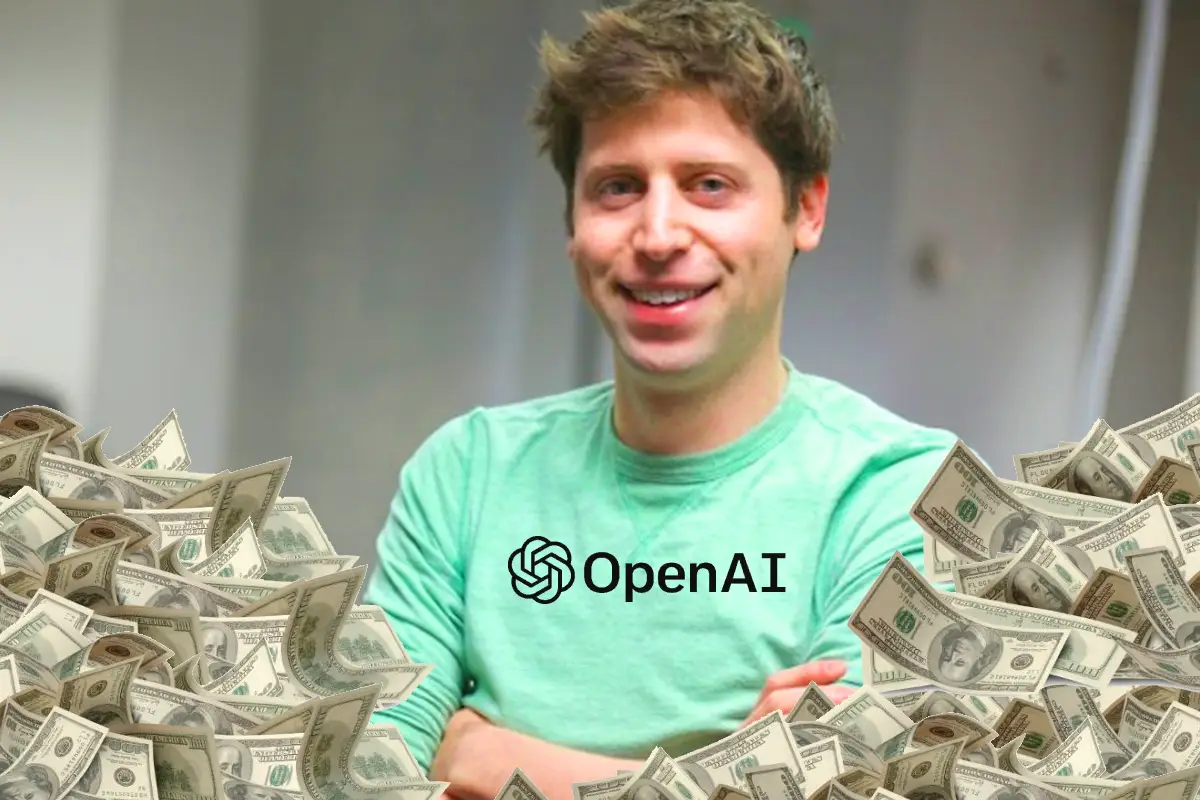OpenAI has rapidly become a leading name in the technology industry, especially in the field of generative artificial intelligence. With a strong financial foundation following a recent financing round, the company’s future looks secure despite internal challenges. How has OpenAI positioned itself for continued growth? Let’s dive into the numbers and examine the company’s financial health.
OpenAI’s Financial Muscle: $10 Billion in Liquidity
One of the key factors behind success is its robust financial backing. The company recently secured a massive $4 billion revolving credit facility, bringing its total liquidity to more than $10 billion.
More Like This: PlayStation Network back online after major outage
This development was first reported by CNBC, following the closing of a significant funding round that raised $6.6 billion. This influx of capital not only strengthens OpenAI’s financial standing but also provides it with the flexibility to scale and invest in new initiatives.
Who’s Investing in OpenAI?
The recent funding round saw participation from a diverse group of investment firms and technology companies, signaling broad confidence in OpenAI’s vision. Institutions such as JPMorgan Chase, Citi, Goldman Sachs, Morgan Stanley, Santander, Wells Fargo, SMBC, UBS, and HSBC all contributed to the $6.6 billion raised.
In addition to this, major investors like Microsoft, Nvidia, and SoftBank have placed their bets on OpenAI’s continued growth. What does this mean for the company? It gives OpenAI a solid financial cushion to pursue its ambitious projects.
OpenAI’s Credit Line: What Does It Mean?
The $4 billion revolving credit facility comes with some flexibility. This loan is unsecured, meaning the company doesn’t have to provide collateral to access these funds. With an option to increase this credit line by an additional $2 billion, OpenAI has the potential to access up to $6 billion through this facility alone over the next three years.
How Favorable Are the Loan Terms?
The company will pay an interest rate tied to the Secured Overnight Financing Rate (SOFR), plus an additional 100 basis points. This competitive rate underscores the confidence financial institutions have in the company.
OpenAI itself has commented on this, stating:
“This means we now have access to over $10 billion in liquidity, giving us the flexibility to invest in new initiatives and operate with full agility as we scale”.
With this kind of financial power, OpenAI is well-equipped to stay ahead in the competitive world of AI development.
Navigating Challenges: Executive Departures
But OpenAI’s journey hasn’t been without hurdles. They have recently seen the departure of key executives, including CTO Mira Murati, research chief Bob McGrew, and Barret Zoph, vice president of research.
While these exits have raised concerns about the company’s internal dynamics, OpenAI’s strong financial position provides some reassurance. Why does this matter? Even with these challenges, the company’s financial security means it can continue to attract top talent and invest in cutting-edge AI research.
The Role of Generative AI in OpenAI’s Success
OpenAI’s rapid rise can be attributed largely to the launch of ChatGPT in late 2022. This breakthrough not only cemented OpenAI’s place at the forefront of AI development but also popularized the concept of generative AI.
Since then, the company has spurred tens of billions of dollars in investment in AI infrastructure. With such significant financial backing and a growing market for generative AI, OpenAI is positioned to maintain its leadership in the industry.
The Bigger Picture: AI’s Impact on the Tech Industry
As OpenAi continues to grow, it’s worth asking: How has generative AI reshaped the technology landscape? In the last two years, AI has become one of the hottest topics in tech, drawing attention from investors, researchers, and businesses alike.
More Like This: Massive Verizon Down: What Happened and How it Affects You
The ability to create human-like text, images, and even code has revolutionized industries from marketing to software development. OpenAI’s role in this transformation cannot be overstated, as its innovations have laid the groundwork for future advancements in AI.
A Bright Future for OpenAI?
Despite internal changes and executive turnover, OpenAI’s financial strength gives it the resources it needs to continue growing and leading the AI revolution. With over $10 billion in liquidity, a favorable credit line, and the backing of major investors, OpenAI is well-positioned to navigate challenges and capitalize on future opportunities in generative AI.
The question remains: How far can OpenAI take generative AI? With its current trajectory, the possibilities seem endless.








